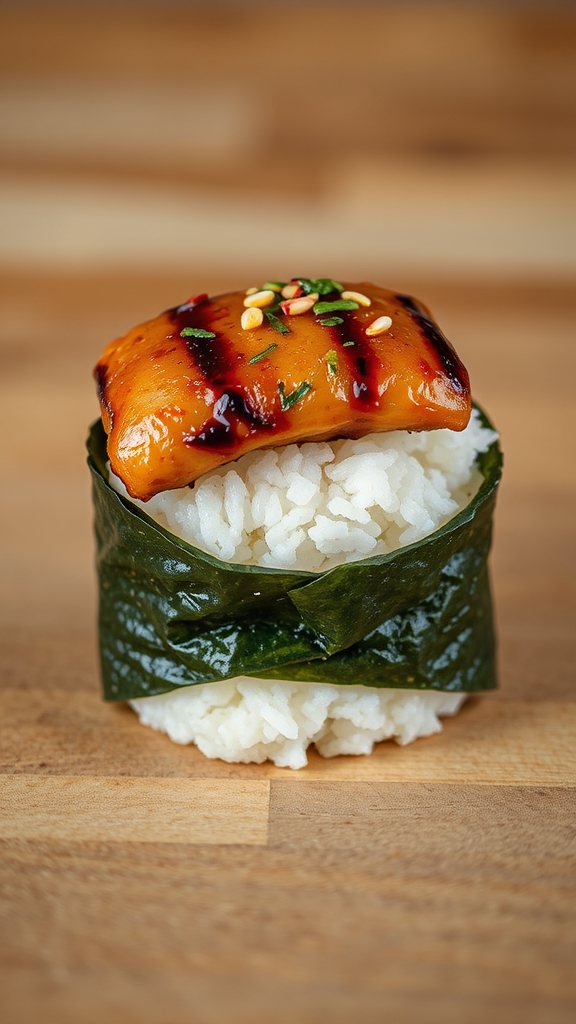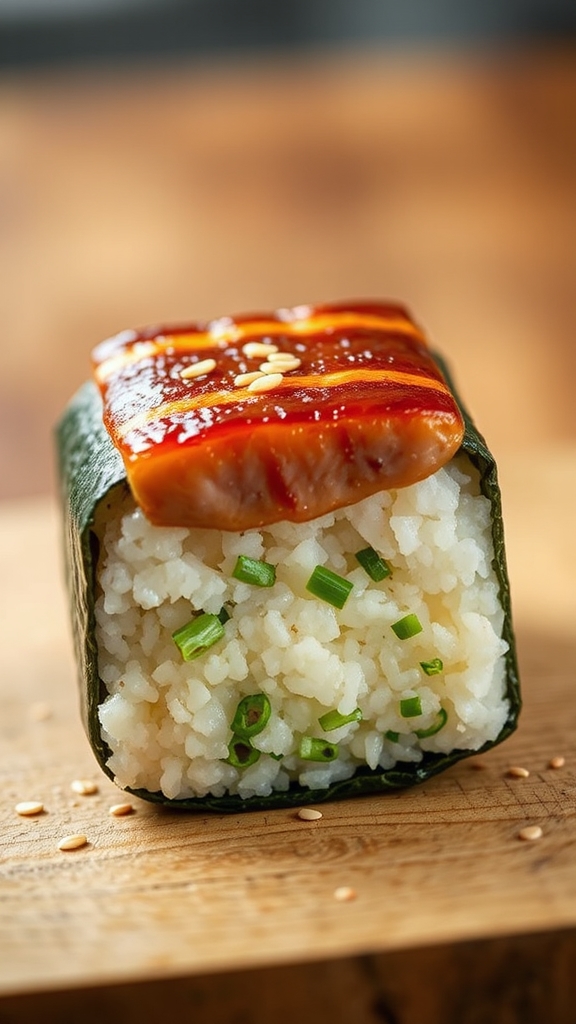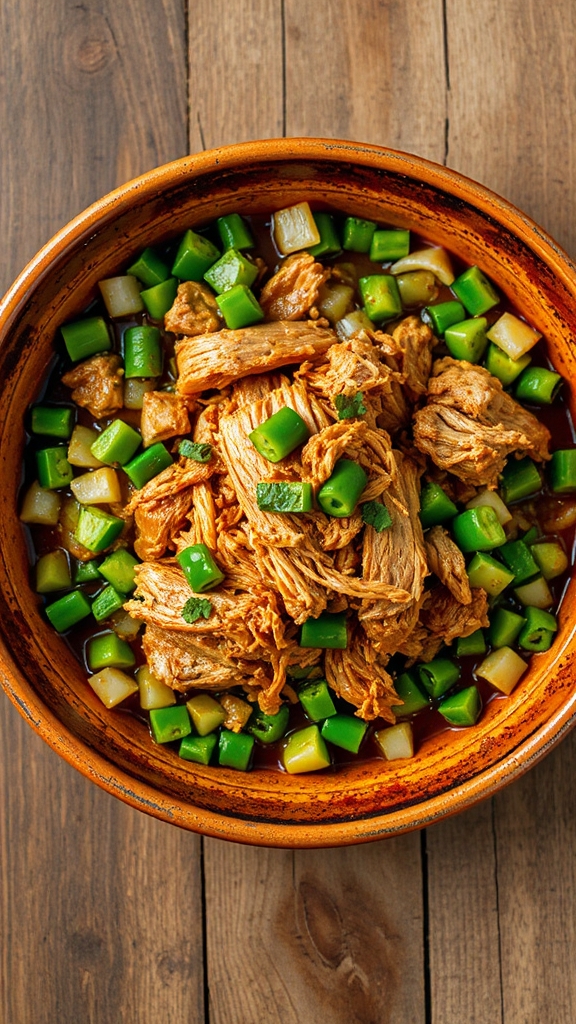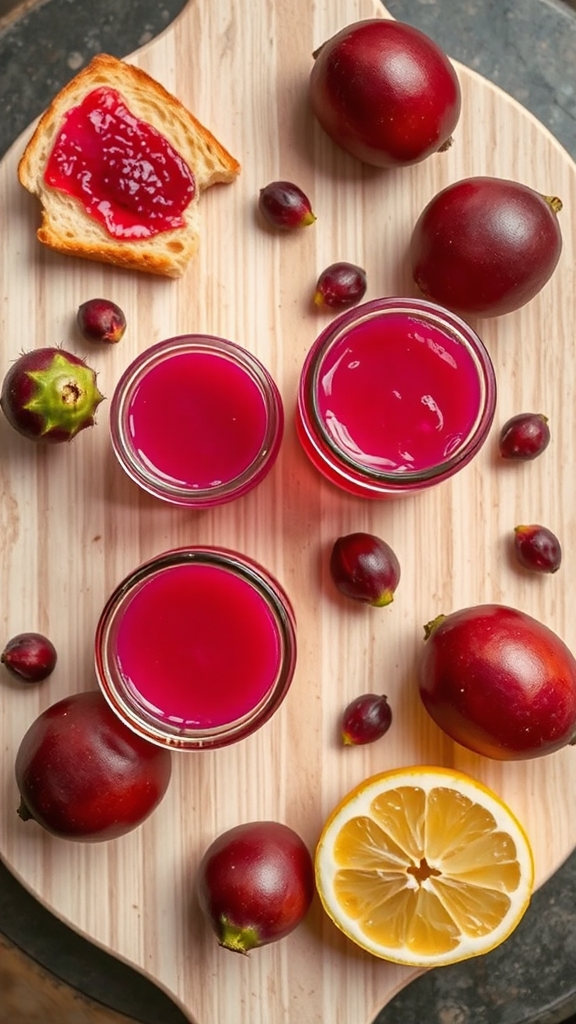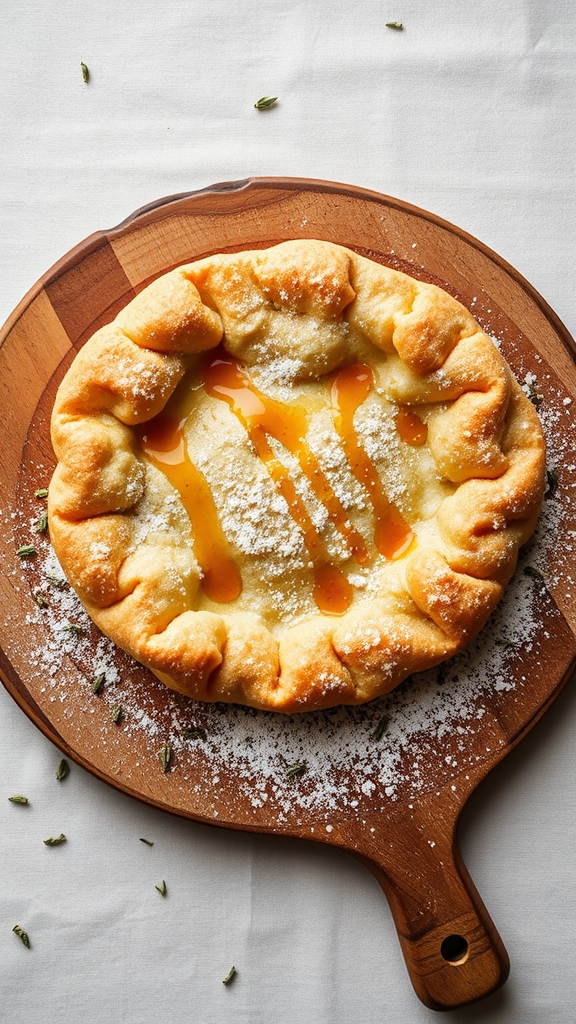Hawaii: Spam Musubi (Pacific Rim Snack)
Uncover Hawaii's Spam Musubi, a tantalizing Pacific Rim fusion that blends cultures—will you discover its secrets next?
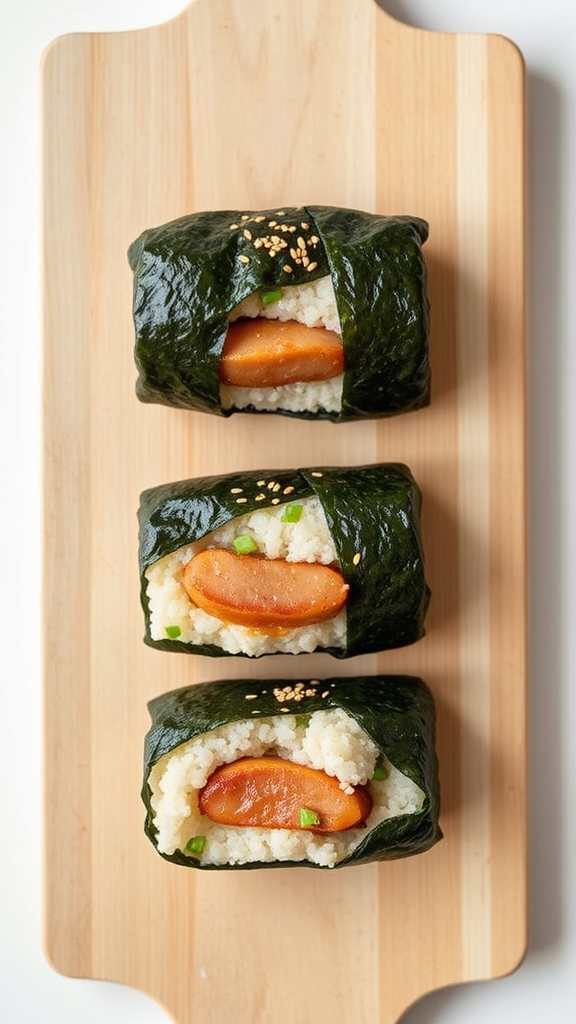
I love how Spam Musubi captures Hawaii’s Pacific Rim vibe, blending Japanese rice balls with American Spam that originated during WWII. It’s a simple yet flavorful snack with sliced Spam, sticky short-grain rice, nori sheets, soy sauce, and a touch of sugar for that caramelized kick. Fry the Spam, shape it with rice using a mold, and wrap it up for a quick bite. If you’re interested, I’ll walk you through more tips and variations ahead.
History
Hawaii Spam Musubi originated in the mid-20th century as a fusion of Japanese onigiri (rice balls) and American Spam, which became widely available during World War II, reflecting Hawaii’s multicultural heritage shaped by Japanese immigrants and U.S. military influence.
Regional variations, such as those with teriyaki glaze or furikake seasoning, highlight the dish’s adaptability and its significance in showcasing local creativity and resourcefulness across the islands and beyond.
Traditionally, it’s served at casual occasions like beach picnics, family gatherings, or as a quick snack in bento boxes, embodying the everyday convenience and communal spirit of Hawaiian cuisine.
Ingredients
- Spam, that trusty canned wonder: Oh, you know, the star of the show here—think of it as Hawaii’s go-to meaty surprise, usually a 12-ounce can of the stuff, sliced into those neat little rectangles; it’s got that salty, savory punch that makes you pause and say, what if this humble can could steal the spotlight?
- Short-grain rice, the sticky base we all lean on: About 2 cups cooked, because who doesn’t love rice that holds together just right, forming a cozy bed for everything else—picture it fluffy yet firm, with a subtle sweetness that whispers, is this the secret to a perfect bite?
- Nori sheets, those crisp seaweed wrappers: Grab around 4 to 6 sheets, each one like a green hug wrapping up your musubi; they’re thin, toasty, and add that oceanic flavor that makes you think, how does something so simple elevate the whole deal?
- Soy sauce, for a quick flavor boost: Maybe 2 tablespoons of the good kind, that dark, umami-rich liquid that glazes the Spam with just enough tang—it’s like asking, wouldn’t everything taste better with a little salty depth to tie it all in?
- Sugar, the sweet sidekick that sneaks in: A tablespoon or so to balance things out, because let’s face it, life’s too bland without a touch of sweetness; it caramelizes on the Spam, making you chuckle at how even a little sprinkle can turn ordinary into oh-so-irresistible.
- Mirin, that sneaky rice wine for extra flair: If you’re feeling fancy, toss in a tablespoon of this mildly sweet Japanese staple; it adds a gentle gloss to the Spam, and you might muse, does anything beat that subtle warmth it brings to the party?
- Furikake seasoning, the colorful confetti option: Sprinkle about a teaspoon for that nutty, seafoody vibe—it’s a mix of sesame seeds, seaweed, and more, which could make you wonder, why not add a little extra crunch to keep things fun and far from boring?
There you go, folks—pulling together these ingredients feels like chatting with an old friend, doesn’t it? Just imagine the possibilities, with a dash of humor in how we fuss over the details, like me second-guessing if I measured that sugar just right, even if I’m not claiming any kitchen heroics here.
Cooking Steps
For the final touch, let the musubi rest for a minute or two so the flavors meld together, giving you that perfect balance of salty, sweet, and savory in every bite—it’s like a portable meal that keeps surprising you with its simplicity.
If your nori sheets, about 4 to 6 in total, feel a bit dry, lightly toast them over an open flame for a few seconds to bring out that crispiness without overdoing it, because who wants a wrapper that’s more limp than enthusiastic?
Tips and Variations
When it comes to tweaking your Hawaii Spam Musubi, why not experiment with a lighter touch of sauce, like brushing on a simple soy-based glaze during the frying step to mimic that caramelized goodness without overwhelming the flavors—think of it as giving the Spam a quick spa treatment that keeps things balanced.
For variations, swap out the classic Spam for turkey Spam if you’re watching your sodium, or mix in some finely chopped green onions into the rice for a fresh, crunchy surprise that adds a pop of color and zest.
And if you’re in the mood for a playful twist, try rolling the musubi with a sprinkle of sesame seeds for extra texture, because sometimes a little extra crunch makes the whole thing feel like a mini adventure on your plate, even if getting the rice just right leaves me questioning my rolling skills every time.
Tools
| Tool | Description |
|---|---|
| Rice cooker or pot | For cooking the rice to the perfect consistency. |
| Frying pan | For frying the Spam to achieve a crispy, caramelized exterior. |
| Knife | For slicing the Spam and any additional ingredients like green onions. |
| Cutting board | Provides a safe surface for preparing and cutting ingredients. |
| Musubi mold | Used to shape the rice and Spam into compact, uniform pieces; a substitute like a canned good can work. |
| Basting brush | For applying a soy-based glaze or sauce to the Spam during frying. |
| Spatula | For flipping the Spam and handling rice without breaking it apart. |
| Measuring cups | For accurately measuring rice, water, and other ingredients. |

Hi There! I'm Stephanie Miller: Elementary teacher from Columbus, OH sharing grandma's treasured American recipes! 50 years young, yoga enthusiast & kitchen storyteller. Welcome to my food family! 🍰❤️





